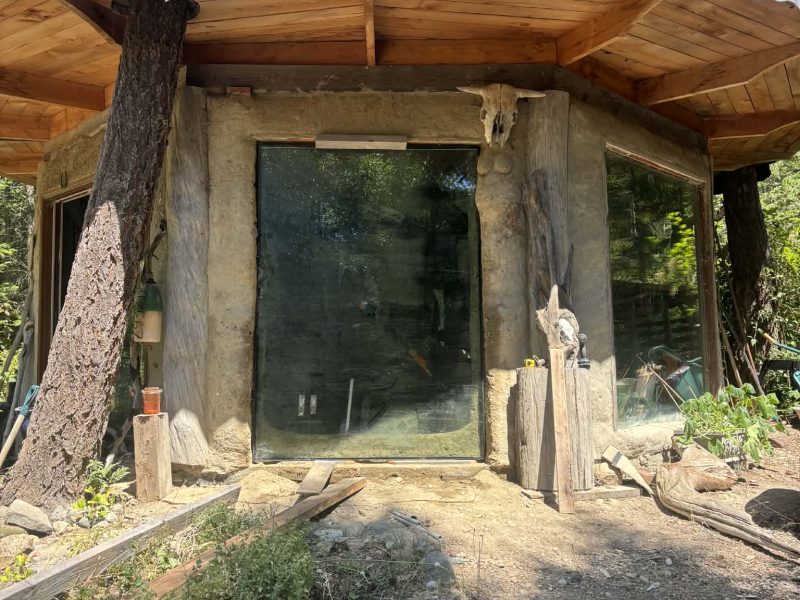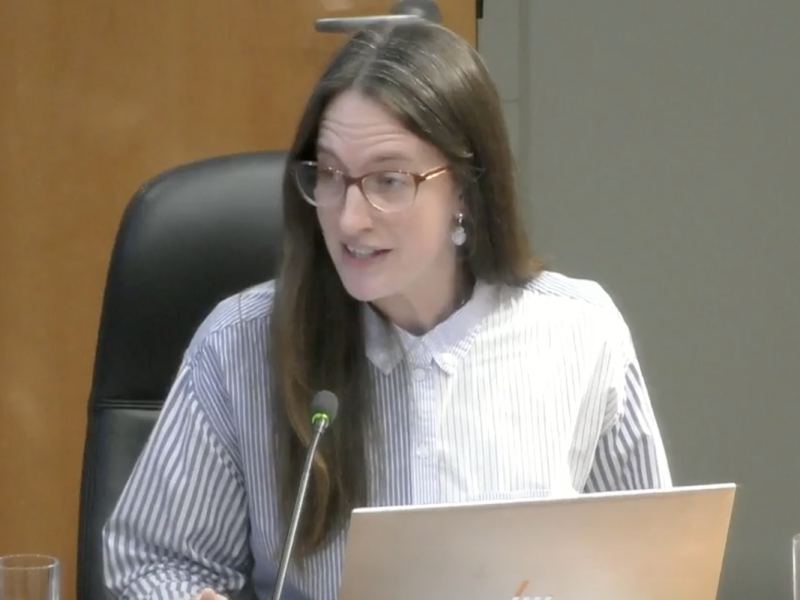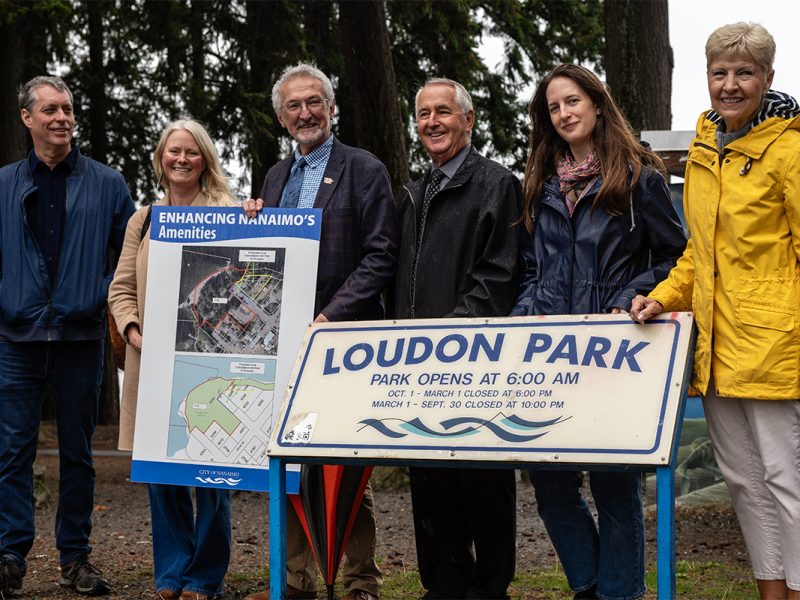
When I met with my teacher, Stefania Rosioru, at the end of a school day in late 2020, I didn’t know that we would be setting a new standard for social justice in my high school. That day was when I first talked to her about the idea of creating a BIPOC (Black, Indigenous, Person Of Colour) student support group.
The school had a number of teachers interested in supporting the ideas from the letter and brought student members together through word of mouth. I was one of six students alongside three teachers who met and decided to restart the STAAR club in our school.
STAAR is an acronym meaning Students Taking Action Against Racism. The group was originally created at our high school in the mid-2000s, but fell away due to lack of interest from students.
The reformed STAAR would be a place where students of colour could feel safe discussing their experiences of racism and facilitate teacher-student communication.
Part of the incentive behind STAAR’s reformation was activist Nina Charley, an LSS alum who was runner-up for B.C.’s emerging youth in multiculturalism awards this year.
Her anti-racism work both on the Island and at the University in Ottawa deserves recognition. Nina has spoken before on the experiences she had as a racialized student at LSS, and she has two siblings who’ve been in STAAR since it was reformed. Her courage has reflected onto all of us fighting racism at LSS.
Fast forward a year and a half, and STAAR has created a new presence at LSS — one of social justice and anti-racism.
Everything that STAAR has done, from our weekly lunch meetings to school-wide interactions, has been to enable our predominantly-white school to consider race in a way most don’t.
Why we took action
Because the foundations of our country’s school systems are intertwined with our own systemically racist history, it’s hard for BIPOC kids to find places to talk about their real-life experiences and find support.
Canada’s record with anti-racism and multiculturalism doesn’t get addressed enough. There’s a false rhetoric that, because our injustices are said to be less noticeable than those in the United States, we don’t need to bring them up as often.
The hesitancy to talk about racism in schools is a testament to how much we need student-based anti-racism initiatives. A lack of consciousness about racism leads to a lack of policy regarding it. Thus, when a BIPOC student experiences racism, the administration’s response can embarrass the student and not address their mental health.
If we don’t address instances of racism in schools in ways that uphold accountability, education and recovery, we perpetuate a system of ignorance and racism-based trauma.
On April 14, 2021, we filmed a six-minute video in the foyer of LSS. Each of us spoke about our own experiences with racism and addressed concepts such as white privilege and racial slurs, which are some of the most prevalent sources of racism we’ve noticed in our school.
I was in Grade 9 at the time of filming, and I remember how nerve-wracking it was to speak in a video that would be shown to everyone I knew, especially about a topic I had never discussed so openly before.
What we learned
After we showed the video to classes individually, almost no one followed up with me. Our video was supposed to be the start of a school-wide dialogue on racism, and yet almost everyone I knew carried on as if they hadn’t seen it.
It’s not that students and teachers are openly opposed to talking about race, it’s that most of them haven’t learned how. If it’s scary for an adult to talk about race with their peers, imagine how scary it is for teenagers in a high school with an uneven ratio of BIPOC staff to BIPOC students to do the same.
I will acknowledge the work that people are doing to rid our school of racism. I believe there are individuals in seats of power who at least have some incentive to initiate change. However, until the changes made at the top of the educational power structure become visible from all the way at the bottom, we need groups like STAAR to fill the gap of anti-racist learning.
What’s next
STAARs goals for the future of LSS involve being more active in the school community and influencing change in the worldview of the student body. We have recently opened up to include more non-BIPOC allies, as the BIPOC population in our school is small.
When BIPOC students experience racism, each experience can be seen as an isolated incident instead of a sign of the bigger problem. As such, the need to address these incidents gets forgotten. STAAR is opening up to all students because everyone needs to be involved. At the same time, STAAR will still be offering a safe space for BIPOC students in a new meeting schedule.
It’s easy to lose sight of the solvability of single problems in the raging mosh pit of them that we see on the news, which is why we need to spotlight and support organizations that are already working towards solutions. BIPOC youth clubs like STAAR are one such kind of organization — helping not just the people around them but the next generation of activists too. [end]
Here is a quote that Ms. Rosioru shared with me:
“We need in every bay and community, a group of angelic troublemakers.”
— Bayard Rustin



